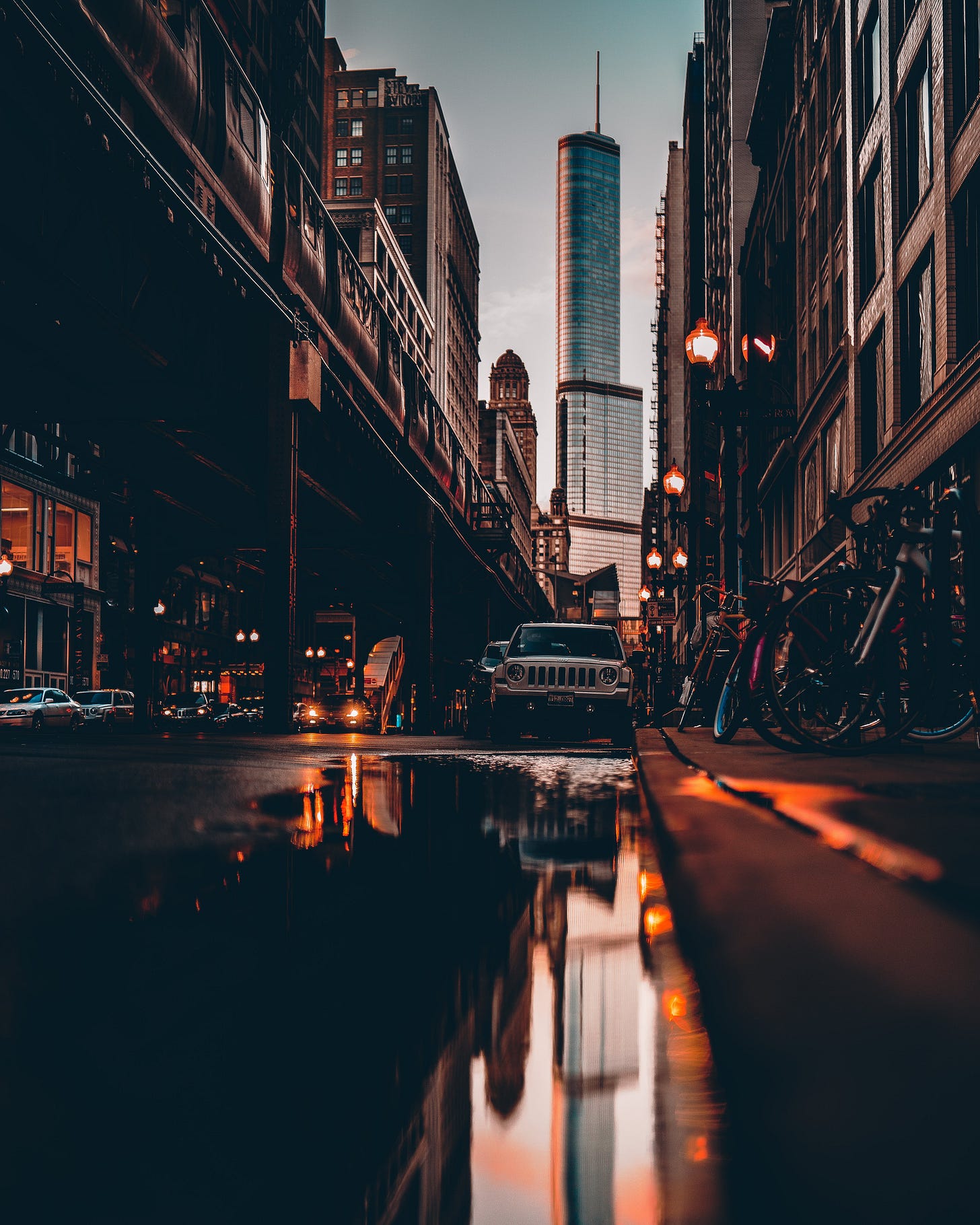Thank you for reading The New Urban Order— where urbanists explore the future of cities. I love writing these posts and one day hope to be able to do it full time. This work is not possible without subscribers. If you find this newsletter useful, wish you could read the best content, and want to support my writing, please subscribe today!
Off and on for the past six weeks, the distant sound of music filled the night in my Philadelphia neighborhood. Cars equipped with subwoofers located at a neighborhood park sent window-rattling bass in a radius of about a mile. Frustration about it filled NextDoor as well as a local Google Group. Some urged others to call the police and log incidents, creating a scatter plot of where and how many people were affected. But most of us did nothing, feeling like this was one more noise we couldn’t control.
It’s been a few nights since I’ve heard the music now and I wonder how it was resolved — were there police involved or did the partiers move on willingly? Regardless, I was left unsure about how to think about noise pollution: Is this a problem of Karens who should live in the suburbs? Or is this a public health issue that no one should have to endure?
If you complain about noise in the city, you’ll likely be told to move. Noise is part of the package of urban living, right? But increasingly cities are pushing back on this narrative. Noise pollution, officially coined and codified by the EPA in 1972, has been known to cause not only hearing loss, but high blood pressure, heart disease, and increased stress in adults. A nonprofit in Paris found that living in the city’s noisiest neighborhoods reduced a high quality of life by three years due to the ailments caused by heavy noise pollution.
Living in a pervasively noisy neighborhood can lead to sleep loss and cognitive impairment in children, measured by memory, attention levels, and reading skills. Studies show that poor communities of color have higher levels of noise pollution, where airplanes, cars, trucks, and trains are the biggest culprits.
But yet, the people who tend to complain about noise are whiter and wealthier. For example, gentrifying neighborhoods in Brooklyn saw an exponential rise in 311 calls. Kate Wagner writes in The Atlantic:
To gentrify a neighborhood also involves quieting it down. The desire for sonic control in and around the home is prioritized above the social fabric of the city, a practice exemplified by the targeting of arts and music venues that are cited as being partially responsible for neighborhood revival in the first place.
NOISE project, guided by Cornell Lab of Ornithology researchers and independent community-led organizations who generate data to change policy where noise may be interfering with human health, questions why individual noise makers get punished rather than, say, airplane makers or transit authorities:
Violating noise restrictions in quiet zones was punishable by fines or imprisonment—however, only those with minimal power (people of color, low-income populations, and other marginalized groups) were actually punished, as opposed to punishing the powerful companies and corporations who were the largest contributors of noise.
While there seems to be broad agreement that noise pollution has detrimental effects, there’s less consensus on what to do about it. Mumbai has instituted “no honking” days to draw attention to the problem of transport-related noise pollution. But more cities have taken a tech-oriented approach: Paris has begun to use “noise radar” to pinpoint high decibel levels and then bring offenders to justice. New York and Albuquerque are testing out that technology as well.
But while noise radar can tell police departments where the noise is coming from, that’s often not the challenge for cities. Is regulating noise the best and highest use of an often understaffed police force in cities with violent crime? And what are the appropriate consequences for noise makers? What if the offenders find community in an activity that happens to be very noisy? Welcome to the murky work of making the city quieter.






